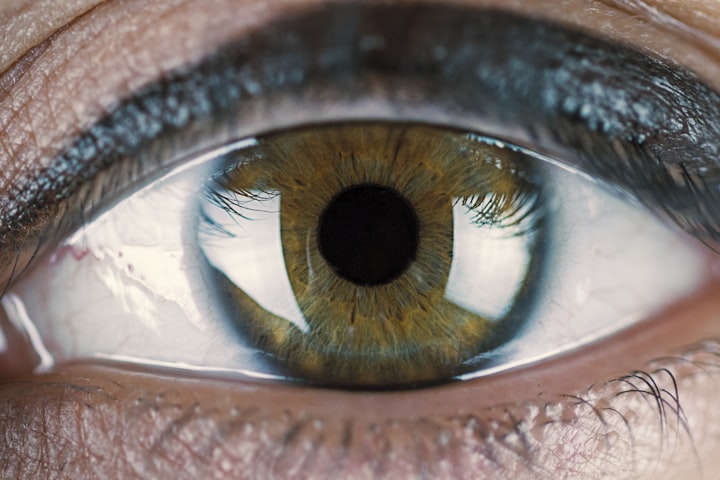What happens when simulated intelligence goes through the 'uncanny valley'?
Robots are near being persuading to such an extent that we can't differentiate them from people — and that could be an issue
Back in 1970, a Japanese designing teacher called Masahiro Mori composed a charming paper proposing that an individual's reaction to a robot would move from partiality to repugnance the more similar it became. He considered this peculiarity the "uncanny valley".
Youngsters might cherish toy robots, which are difficult to mistake professionally animal. In any case, we feel considerably more uncomfortable when we see actual robots — or these days computerized symbols — that intently look like people and acknowledge they are not human.
What occurs, however, when our counterfeit manifestations become so persuading that they go through the uncanny valley to the opposite side? No matter what, we may before long find out, in the advanced world at any rate.
The arrival of strong generative computerized reasoning picture creation apparatuses, like Dall-E 2 and Runway, has empowered the making of a few striking manufactured recordings featuring fake people, regardless of whether they are not yet sufficient to be confused with the living thing.
Take The Ice, a trial 12-minute film delivered by the Detroit-based video organization Waymark about natural calamity. A human essayist took care of a content into Dall-E 2, which then, at that point, created each shot in the film. The outcome is an engaging, if jolting, film about abandoned travelers in Antarctica that actually seems to be a vivified film than unscripted television.
So startled are scriptwriters and entertainers by the developing utilization of man-made intelligence that in the US they have taken to the streets. They are calling for limitations on the utilization of the innovation by Hollywood studios and real time features. In any case, some autonomous producers at the Runway man-made intelligence film celebration in New York recently went on and on about the potential outcomes of utilizing generative computer based intelligence models to speed up the speed, lessen the expenses and expand the imaginative potential outcomes of making films. "This is an unquestionably astonishing time. We have not seen anything like it," said the movie producer Paul Trillo.
Despite late advances in the innovation, we are still far from generative artificial intelligence having the option to make whole movies like this mid year's hits Barbie and Oppenheimer. Yet, these models are now being utilized to assist with making eccentric music recordings and business ads for any semblance of Bud Light, Uber, Nike and Terry's chocolate.
Some, for example, Manufactured Summer, a dreamlike brew business created by the London organization Private Island that turned into a web image recently, hyped the peculiar flaws of the innovation as consumers' countenances intertwined with their lager bottles. Investigating the uncanny valley can be an entertaining encounter, particularly when intoxicated.
All the more shockingly, a few lawmakers are likewise utilizing generative man-made intelligence to integrate pictures. In June, the mission group of the Florida lead representative Ron DeSantis delivered a video with clearly counterfeit photographs of Donald Trump embracing Anthony Fauci, the previous boss clinical guide defamed by numerous conservatives for supporting Coronavirus lockdowns.
The expenses of quickly creating designated recordings at mass scale have plunged. Furthermore, the probability that such pictures will multiply during the US official mission has expanded following the choice this week by X, previously known as Twitter, to scrap its kid prohibition on political publicizing.
Wasim Khaled, prime supporter of Blackbird man-made intelligence, a New York state-based fire up that assists counter deception, lets me know we with having proactively blown through the uncanny valley with regards to in any case pictures. An overview by the Syzygy Gathering media organization in Germany this year found that main 8% of respondents accurately recognized the photo of a genuine human face when arranged against three other man-made intelligence created pictures. It is inevitable prior to moving pictures go through the uncanny valley, as well.
Yet, Khaled proposes that the web has long twisted our impression of reality at any rate. The pictures of individuals we see most frequently are likely Photoshopped Instagram photographs or cleaned up fronts of film stars in magazines and these are utilized to prepare computer based intelligence. "Computer based intelligence isn't a portrayal of humankind. It is a portrayal of the computerized form of humankind, which is a variation or an embellishment of what we are," he says.
That raises the likelihood that we might be entering a world in which fake forms of reality show up more genuine than reality itself. Disturbing however that sounds, it wouldn't strike a few craftsmen as odd. As Pablo Picasso once said: "All that you can envision is genuine." And machines are unyieldingly expanding the limits of our minds.
About the Creator
Ronaldo Teixeira
As a health advocate, my goal is to empower individuals to embrace healthy lifestyle habits by providing clear information and realistic strategies to promote vitality and longevity.







Comments
There are no comments for this story
Be the first to respond and start the conversation.